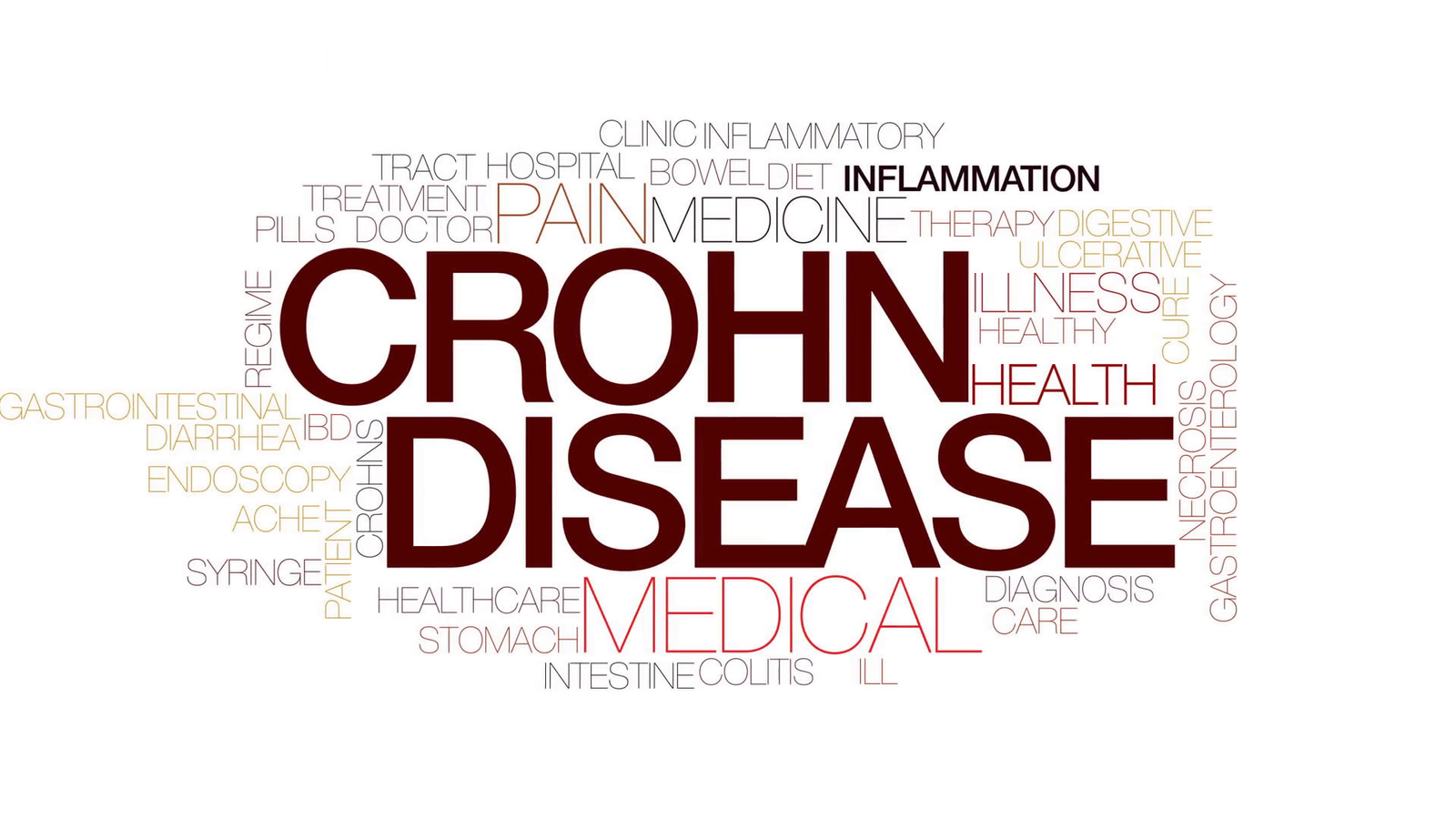Modern treatment of patients with Crohns Disease
April 06, 2019 | Saturday | Features | By Dr Rahul Shah
The incidence of Crohn’s disease in India is 7 per 100000 populations with a male to female ratio of 3.2:1.
Image credit- shuttershock.com
Crohn’s Disease (CD) and Ulcerative Colitis (UC), in short CD and UC respectively, belong to a group of chronic inflammatory disorders of the bowel, called Inflammatory Bowel Diseases (IBD). IBD are immune-mediated diseases, which develop in patients who have a genetic predisposition when they are exposed to the influence of appropriate, but as yet unidentified environmental factors. CD is a disease that primarily affects the small and the large bowel. It may also affect various organs and tissues outside the gut, most commonly the skin, the joints, and the eyes. However, CD may affect any part of the entire gastrointestinal tract, starting from the mouth and ending at the Anus.
The incidence of Crohn’s disease in India is 7 per 100000 populations with a male to female ratio of 3.2:1. 15-25% of these patients present in childhood. Whilst the Europeans are more predisposed to Crohn’s, in India the Hindu’s have the least prevalence followed by the Muslims and Christians. One of the key factors being the different dietary profiles of the western vs. Indian population.
CD is a disease that affects the small and the large bowel, and less often other parts of the gastrointestinal tract. It may also affect various organs and tissues outside the gut, most commonly the skin, the joints, and the eyes. CD most commonly affects the end of the small bowel and the large bowel. However, CD may affect any part of the entire gastrointestinal tract, starting from the mouth and ending at the anus.
In the past, diagnosis and treatment was incredibly difficult but now-a-days with the advent of modern Endoscopes with special image enhancements, we can diagnose this early leading to prompt treatment. Traditionally, diagnosis was delayed but with special instruments like high definition adult and pediatric Endoscopes, Capsule Endoscopy and Enteroscopy, the entire gastrointestinal tract can be evaluated.
Because CD is a polymorphic disease, the lesions in the gut must be mapped by appropriate diagnostic tests and graded for severity at the time of diagnosis. In addition, because CD is a life-long disease without a definitive cure at the moment, therapy aims to relieve the inflammation in the gut, preserve the function of the bowel, prevent complications, and offer patients a normal quality of personal, professional and social life without disability. Therapeutic interventions include cessation of smoking, dietetic interventions, and a variety of medicines that are used alone or in combination, according to the location and severity of the disease.
Modern day medicines which include steroids, gut anti-inflammatories, immune modulators, special enteral diets and biologic group of drugs have revolutionized the management of Crohn’s disease with substantial improvements in quality of life. These advances have rarely necessitated surgery for this group of patients.
Dr Rahul Shah, Consultant Gastroenterologist, Institute of Digestive & Liver Care, SL Raheja Hospital, Mahim-A Fortis Associate










